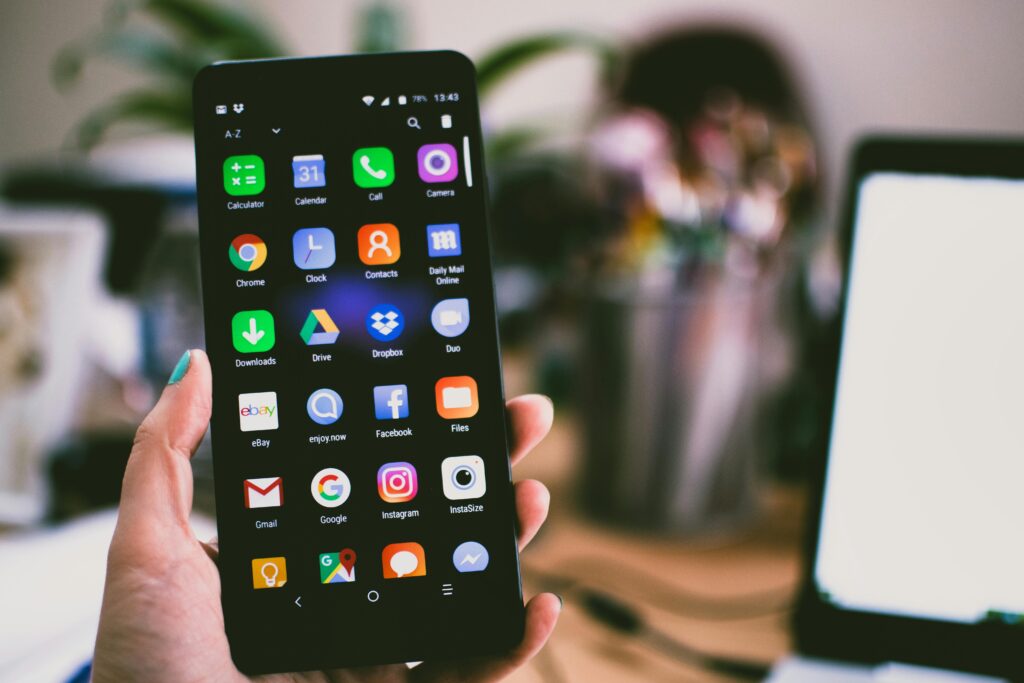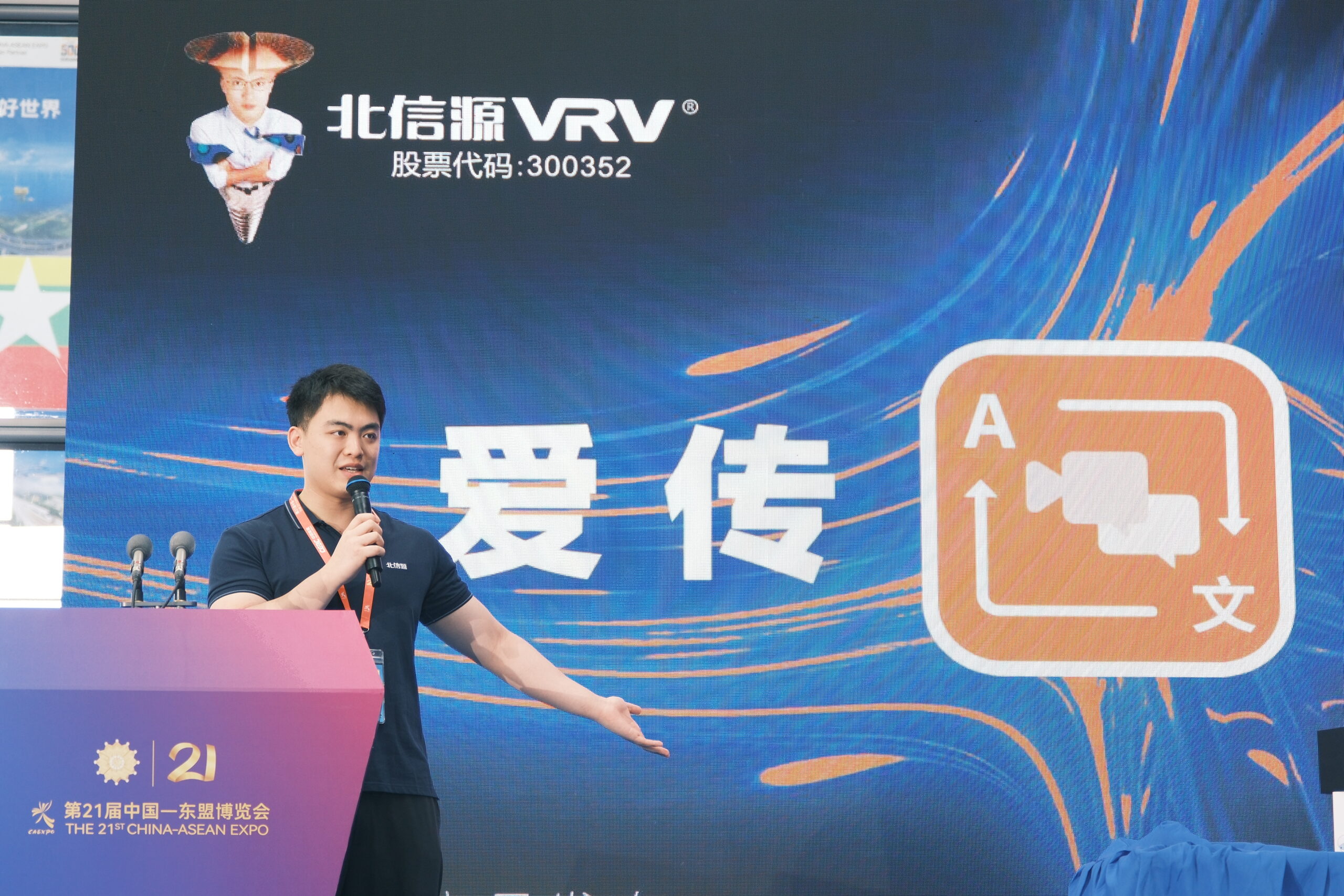In a move that could shake up the digital language-learning space, Google has reportedly launched a new artificial intelligence–powered feature in Google Translate designed not just to translate, but to teach. This development signals a shift in strategy—from being a passive tool to becoming an interactive language tutor—and positions Google as a serious competitor to established players like Duolingo, Babbel, and Rosetta Stone.

From Translation to Education: What’s New?
Traditionally, Google Translate has been a go-to app for instant word and phrase translations across over 100 languages. With this new AI-driven feature, however, Google is transforming Translate into an immersive language-learning companion. Key features may include:
- Contextual Learning: Instead of word-for-word translations, the tool now offers sentence rewrites that clarify idioms, grammar structures, and tone.
- Pronunciation Practice: Users can speak into the app and receive real-time pronunciation feedback, complete with pitch, stress, and rhythm analysis.
- Progressive Lessons: The AI adapts to the user’s skill level, gradually introducing new vocabulary, grammar rules, and cultural notes.
- Conversational Scenarios: Interactive dialogues simulate real-life situations—ordering food, booking a hotel, or handling an emergency—all guided by voice AI.
How Does It Compare to Duolingo?
1. Personalization & Adaptability:
Google’s feature leverages its proprietary large language models (LLMs) to deliver hyper-personalized lessons. Unlike Duolingo’s gamified and linear model, Google’s approach may dynamically respond to the learner’s input and style.
2. Real-World Use Cases:
Google Translate already dominates for travel and live-translation use. The new feature builds on that foundation, offering context-rich learning for tourists, expatriates, and students alike.
3. Integration with Google Ecosystem:
Seamless integration with Gmail, YouTube, Chrome, and Android could allow users to practice languages within their daily browsing and communication environment.
The Role of Generative AI
The upgrade to Google Translate is believed to be powered by Gemini, Google’s advanced multimodal AI model. This allows the app to:
- Understand Visual Context: Snap a photo of a street sign or menu and learn relevant phrases.
- Generate Exercises: AI can create short quizzes, flashcards, and fill-in-the-blank challenges based on previous user inputs.
- Voice Interaction: Full-duplex conversations where the app can act as both a tutor and conversation partner.
Benefits for Users
- Free Access: Like Translate, this feature may be rolled out for free, undercutting premium language-learning subscriptions.
- Offline Support: Cached lessons and translation memory could enable learning even without an internet connection.
- Inclusive Design: Support for less-commonly taught languages and multilingual interface accessibility.

Potential Challenges
- Depth of Curriculum: Google may struggle to match the depth of structured language-learning apps unless it builds a more formalized curriculum.
- User Retention: Without gamification, badges, or reminders, keeping learners engaged could be difficult.
- Privacy and Data Use: As with any AI-powered tool, questions around how user speech and text data are stored and used remain critical.
Frequently Asked Questions
Q: How is this different from the old Google Translate?
This new feature doesn’t just translate text—it helps you learn the language behind it through contextual explanations, practice prompts, and interactive voice responses.
Q: Can it replace Duolingo or Babbel?
For casual learners or travelers, yes. For those seeking academic or certification-level language instruction, it may still fall short—at least for now.
Q: What languages are supported?
The new AI features are likely rolling out first for major languages (Spanish, French, Mandarin, etc.) with plans to expand to others.
Q: Is it free?
Initial versions are expected to be free within the standard Google Translate app.
Q: Will it work offline?
Yes, Google Translate already supports offline translation packs, and learning modules may also be downloadable in the future.
Q: Does it have a speaking partner feature?
Yes, users can practice two-way spoken dialogue with the AI in simulated real-life scenarios.
Q: How does it track progress?
The app may include basic tracking of learned vocabulary, grammar achievements, and conversation milestones.
Q: Is it suitable for beginners?
Absolutely—it’s designed to adapt to your current level, offering beginner-friendly explanations and gradually increasing complexity.

Google’s AI upgrade to Translate could redefine the casual language learning experience, especially for travelers, digital nomads, and new immigrants. Whether it becomes a true Duolingo killer remains to be seen, but it certainly brings powerful tools and accessibility to millions looking to learn a new language on their terms.
Sources Forbes


